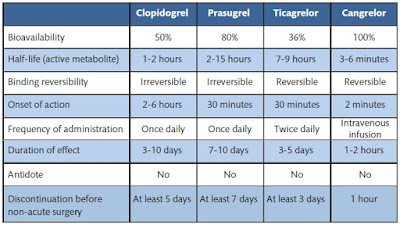The criteria for MI are divided into two categories: ST-segment elevation MI (STEMI) , and ST-segment depression/T-wave change MI (NSTEMI) . The J point is located at the juncture of the QRS complex and the ST segment, and it is used to measure the magnitude of the ST-segment deflection as compared with the baseline of the ECG. A new J-point elevation of 0.1 mV or greater is required in all leads except V2 and V3 to meet the criteria for STEMI. J-point elevations of up to 0.25 mV may be seen in leads V2 and V3 in healthy men younger than 40 years of age; however, this finding decreases with age and is less prominent in women. For this reason, a range of J-point elevation criteria for MI are defined for V2 and V3 leads: 0.2 mV or greater for men 40 years old and older, 0.25 mV or greater for men younger than 40 years of age, and 0.15 mV or greater for women. he J-point elevations must be seen in two or more contiguous leads for the satisfaction o...





